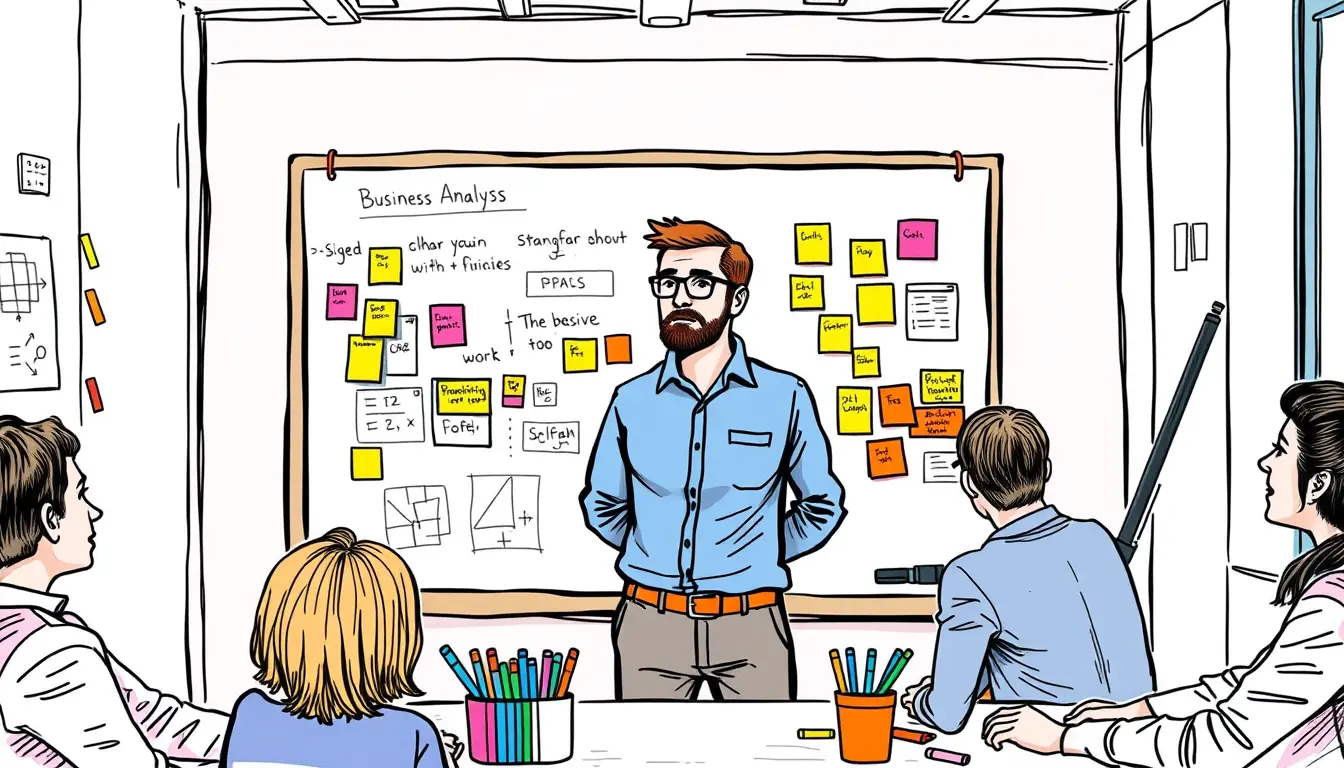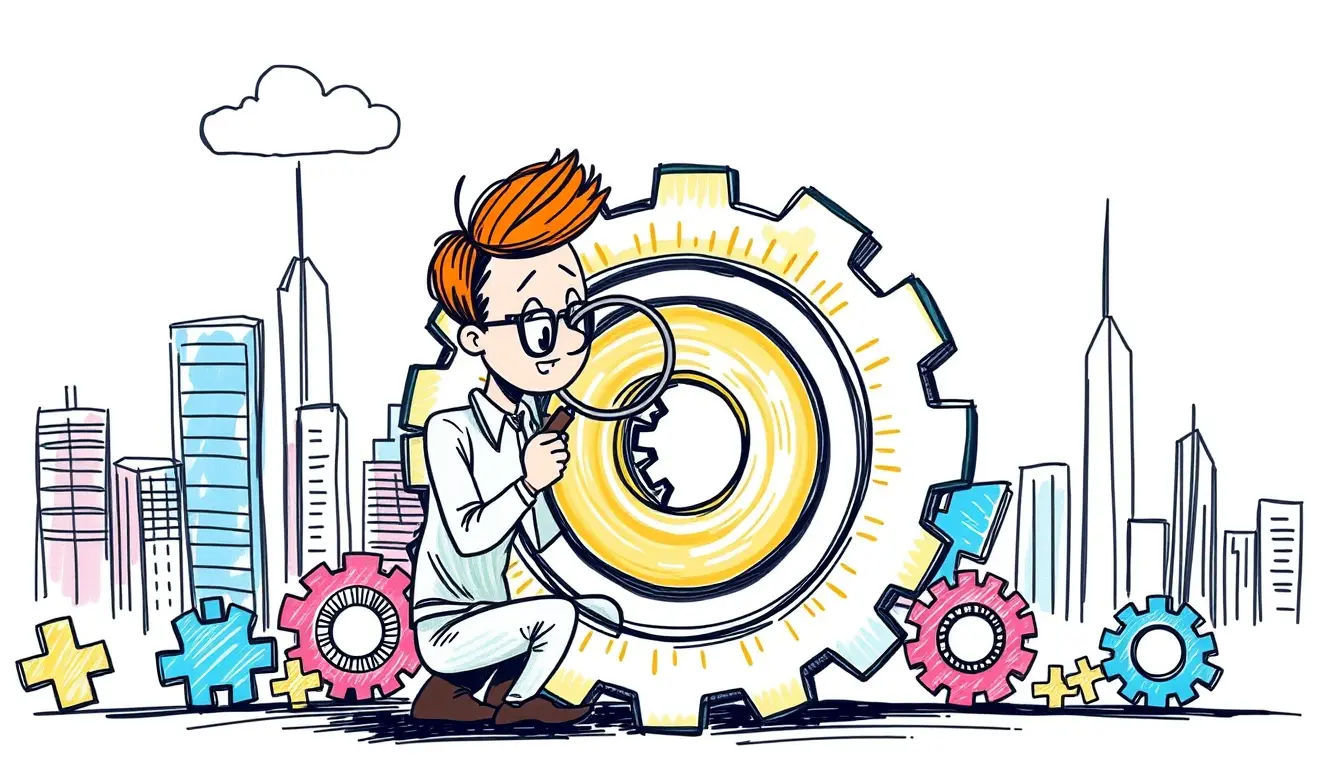Design Thinking: A Powerful Approach for Service Design Projects
Design thinking is an incredibly powerful approach that has proven to be highly effective in service design projects. By combining empathy, creativity, and iterative processes, design thinking allows designers to gain a deep understanding of the needs and preferences of users. It enables them to consider multiple perspectives and design solutions that are truly user-centric. This approach encourages a collaborative and cross-functional approach, bringing together individuals from various disciplines and backgrounds to collectively solve complex problems and create innovative solutions.
One of the key aspects of design thinking is its emphasis on prototyping and testing. Designers create and iterate on prototypes to quickly bring their ideas to life and gather feedback from users. This rapid experimentation allows designers to uncover insights and make necessary adjustments based on user feedback. By embracing an iterative process, design thinking supports continuous improvement and ensures that the final service design meets the evolving needs and expectations of the users. Ultimately, design thinking helps organizations create services that are not only functional and efficient but also delightful and meaningful to the users they serve.
Understanding the Basics: What is Design Thinking and Service Design?
Design thinking is a problem-solving approach that places a strong emphasis on understanding the needs and wants of users. It involves a deep sense of empathy and the ability to think creatively. In the context of service design, design thinking is a powerful tool that focuses on improving the experience and value of services for customers. It helps designers and service providers to uncover and address the underlying issues and challenges faced by users.
Service design, on the other hand, is a multidisciplinary approach that brings together elements from various fields such as design, management, and social sciences. It aims to create and improve services in a way that meets the needs and expectations of customers. By combining design thinking principles with techniques such as user research, journey mapping, and prototyping, service design enables organizations to develop innovative and customer-centric solutions. The ultimate goal is to enhance the overall user experience and deliver services that are both efficient and effective.
The Impact of Design Thinking in Service Design Projects
Design thinking has proven to have a significant impact on service design projects. By employing this approach, organizations are able to better understand the needs and expectations of their users. This deep level of understanding allows for the creation of services that are truly tailored to the customers’ wants and desires. Design thinking also provides a framework for problem-solving, encouraging teams to think outside the box and come up with innovative solutions. This can lead to the development of unique and user-centric services that set organizations apart from their competitors.
Furthermore, design thinking promotes a culture of continuous improvement within service design projects. The iterative process inherent in design thinking allows for ideas to be tested and refined through prototyping and testing. This constant feedback loop enables teams to identify areas of improvement and make necessary adjustments to deliver a higher quality service. Additionally, design thinking promotes collaboration and cross-functional teams, which brings diverse perspectives and expertise to the table. This collaborative approach fosters a sense of ownership and collective responsibility, ensuring that all aspects of the service design are thoroughly considered and addressed. Ultimately, the impact of design thinking in service design projects lies in its ability to enhance customer satisfaction, foster innovation, and drive organizational success.
Identifying User Needs and Empathy in Service Design
User needs and empathy are fundamental aspects of service design that help ensure the creation of meaningful and impactful solutions. By identifying user needs, designers gain a deep understanding of the problems and challenges faced by the users, enabling them to design services that truly address these needs. This involves conducting research, interviews, and observations to gather insights into the users’ goals, motivations, and pain points. Through empathy, designers are able to put themselves in the shoes of the users, experiencing their realities and perspectives. This empathetic approach allows designers to develop a genuine understanding of the users’ emotions, needs, and desires, which is essential for crafting services that are tailored to their unique situations.
By employing methods such as user persona development, journey mapping, and empathy mapping, designers can gain a holistic view of the users and their experiences. User personas help create fictional representations of users, capturing their demographic information, goals, frustrations, and preferences. Journey mapping involves visualizing the users’ experiences and interactions across various touchpoints, highlighting pain points and opportunities for improvement. Empathy mapping, on the other hand, encourages designers to dig deeper into the users’ emotions, thoughts, and actions, enabling a more empathetic understanding of their needs.
Defining the Problem Statement: A Crucial Step in Design Thinking for Service Design
Defining the problem statement is a crucial step in the design thinking process for service design projects. It serves as the foundation for the entire project, guiding the team’s efforts and ensuring they are focused on addressing the right challenge. Without a clear problem statement, the team may find themselves aimlessly exploring different ideas without making any meaningful progress.
During this step, it is important to gather insights from various sources, including stakeholders and end-users, to gain a comprehensive understanding of the problem. This involves conducting in-depth interviews, surveys, and observations to uncover the pain points, needs, and desires of the target audience. Once these insights are gathered, they can be analyzed and synthesized to form a concise and actionable problem statement. This statement should capture the core challenge that the team aims to solve, providing a clear direction for the design process. Only with a well-defined problem statement can the team move forward to ideation and prototyping, ensuring that their solutions directly address the identified problem.
Ideation Techniques: Generating Innovative Ideas for Service Design Projects
Ideation is a critical phase in service design projects as it allows teams to generate innovative ideas. This step involves exploring various possibilities and brainstorming potential solutions to address user needs and improve the service experience. To facilitate the ideation process, there are several techniques that service design teams can employ.
One commonly used technique is “brainstorming,” where team members come together to freely share ideas without judgment or critique. This approach encourages creativity and helps to generate a wide range of ideas. Another technique is “mind mapping,” which involves visually organizing thoughts and ideas to stimulate connections and uncover new insights. By visually mapping out different elements and exploring potential relationships, designers can gain a better understanding of the service ecosystem and identify areas for improvement. Additionally, techniques such as “storyboarding” and “rapid prototyping” can be used to visualize ideas and quickly test their feasibility. These methods allow teams to bring ideas to life and gather valuable feedback from users early on in the design process. Overall, employing effective ideation techniques is vital for service design projects to generate innovative solutions that meet user needs and enhance the overall service experience.
Prototyping and Testing: Bringing Ideas to Life in Service Design
Prototyping and testing play a crucial role in the service design process, as they help to bring ideas to life and validate their feasibility. Prototyping involves creating a tangible representation of the service concept, which could be anything from a physical model to a digital simulation. By visualizing the service in a concrete form, designers and stakeholders can better understand its functionality and potential impact on users.
Once a prototype is created, it needs to be tested with real users to gather feedback and identify areas for improvement. Testing allows designers to gauge the effectiveness of the service, identify any pain points or usability issues, and gain insights into user behaviors and preferences. This iterative process of prototyping and testing enables designers to refine and enhance their ideas, ensuring that the final service meets the needs and expectations of its intended users.
Iterative Process: How Design Thinking Helps in Continuous Improvement for Service Design
Iterative process is a fundamental aspect of design thinking that aids in the continuous improvement of service design projects. It emphasizes the importance of feedback and learning from each stage to evolve and refine the service experience. Through this approach, design thinkers can identify areas for enhancement, uncover unforeseen challenges, and gather valuable insights to inform future iterations.
In this iterative process, design thinkers emphasize the value of prototyping and testing. By creating tangible representations of ideas and actively involving users in the testing phase, designers can gain a deeper understanding of user needs and preferences. This helps in refining and fine-tuning the service design, ensuring that it aligns with user expectations and provides a seamless and satisfying experience. Moreover, the insights gained from user testing enable design thinkers to identify issues or bottlenecks in the service design early on, allowing for timely adjustments and continuous improvement throughout the project.
Collaboration and Cross-functional Teams: Key Elements in Design Thinking for Service Design
Collaboration and cross-functional teams are essential components of the design thinking process in service design projects. In order to create successful and innovative services, it is crucial to bring together individuals from different backgrounds and expertise. By working collaboratively, individuals with diverse perspectives can contribute their unique knowledge and skills, leading to a more comprehensive understanding of the problem at hand.
One of the key benefits of collaboration in design thinking is the ability to leverage the strengths of each team member. Cross-functional teams enable the sharing of different insights, ideas, and experiences, resulting in more effective decision-making and problem-solving. This multidisciplinary approach helps to break down silos and foster a culture of open communication and mutual learning. Furthermore, when individuals with diverse backgrounds collaborate, they can challenge each other’s assumptions and push boundaries, leading to more innovative and user-centered service design solutions.
Measuring Success: Evaluating the Impact of Design Thinking in Service Design Projects
Evaluating the impact of design thinking in service design projects is crucial to measure their success. It provides valuable insights into the effectiveness of the design thinking process and helps identify areas for improvement. One of the key metrics used to evaluate the impact is customer satisfaction. By gauging the satisfaction levels of the customers who have experienced the service, organizations can assess if the service design has met their needs and expectations. Customer feedback surveys, interviews, and observations can be conducted to gather data on customer satisfaction and identify any gaps or pain points in the service.
Another important aspect of evaluating the impact of design thinking in service design projects is the measurement of key performance indicators (KPIs). KPIs help assess the overall performance of the service design and its alignment with organizational goals. These indicators may include metrics such as customer retention rates, revenue generation, and service quality ratings. By tracking these KPIs, organizations can quantitatively evaluate the impact of design thinking and determine the success of their service design projects. Additionally, it enables them to make data-driven decisions for future improvements and enhancements in their services.
What is design thinking?
Design thinking is a problem-solving approach that emphasizes empathy, collaboration, and iteration. It involves understanding user needs, defining the problem, generating ideas, prototyping and testing solutions, and continuously improving through an iterative process.
What is service design?
Service design is an interdisciplinary approach that focuses on creating and improving services for customers. It involves understanding the entire service experience, mapping out processes, and designing solutions that meet user needs and deliver value.
How does design thinking impact service design projects?
Design thinking brings a human-centered approach to service design projects, helping teams to better understand user needs, generate innovative ideas, and create solutions that deliver a positive service experience. It also promotes collaboration, cross-functional teams, and continuous improvement.
Why is identifying user needs and empathy important in service design?
Identifying user needs and practicing empathy allows service designers to gain a deep understanding of their customers. This helps create services that are tailored to their needs, resulting in a better user experience and increased customer satisfaction.
Why is defining the problem statement crucial in design thinking for service design?
Defining the problem statement clarifies the goal and scope of the service design project. It helps focus the team’s efforts and ensures that the solutions they develop directly address the identified user needs, leading to more effective and impactful outcomes.
How do ideation techniques contribute to service design projects?
Ideation techniques help generate a wide range of ideas and potential solutions for service design projects. By encouraging brainstorming and creative thinking, these techniques help teams explore innovative possibilities and find unique approaches to meet user needs.
Why is prototyping and testing important in service design?
Prototyping and testing allow service designers to bring their ideas to life and gather feedback from users. By creating tangible representations of the service and testing them with real users, designers can identify areas for improvement and refine their solutions before implementation.
How does design thinking support continuous improvement in service design?
Design thinking promotes an iterative process, where ideas are tested, evaluated, and refined based on user feedback. This continuous improvement cycle allows service designers to evolve and enhance their solutions over time, ensuring that the service remains relevant and meets changing user needs.
Why is collaboration and cross-functional teams important in design thinking for service design?
Collaboration and cross-functional teams bring together diverse perspectives and expertise, fostering creativity and innovation. By involving stakeholders from different disciplines, design thinking encourages holistic problem-solving and increases the likelihood of developing comprehensive and effective service solutions.
How can the impact of design thinking be measured in service design projects?
The impact of design thinking in service design projects can be measured through various methods, such as user satisfaction surveys, usability testing, and quantitative metrics like customer retention or revenue growth. It is important to define key performance indicators (KPIs) that align with the project goals and regularly evaluate the outcomes to assess the success of the design thinking approach.














Leave a Reply